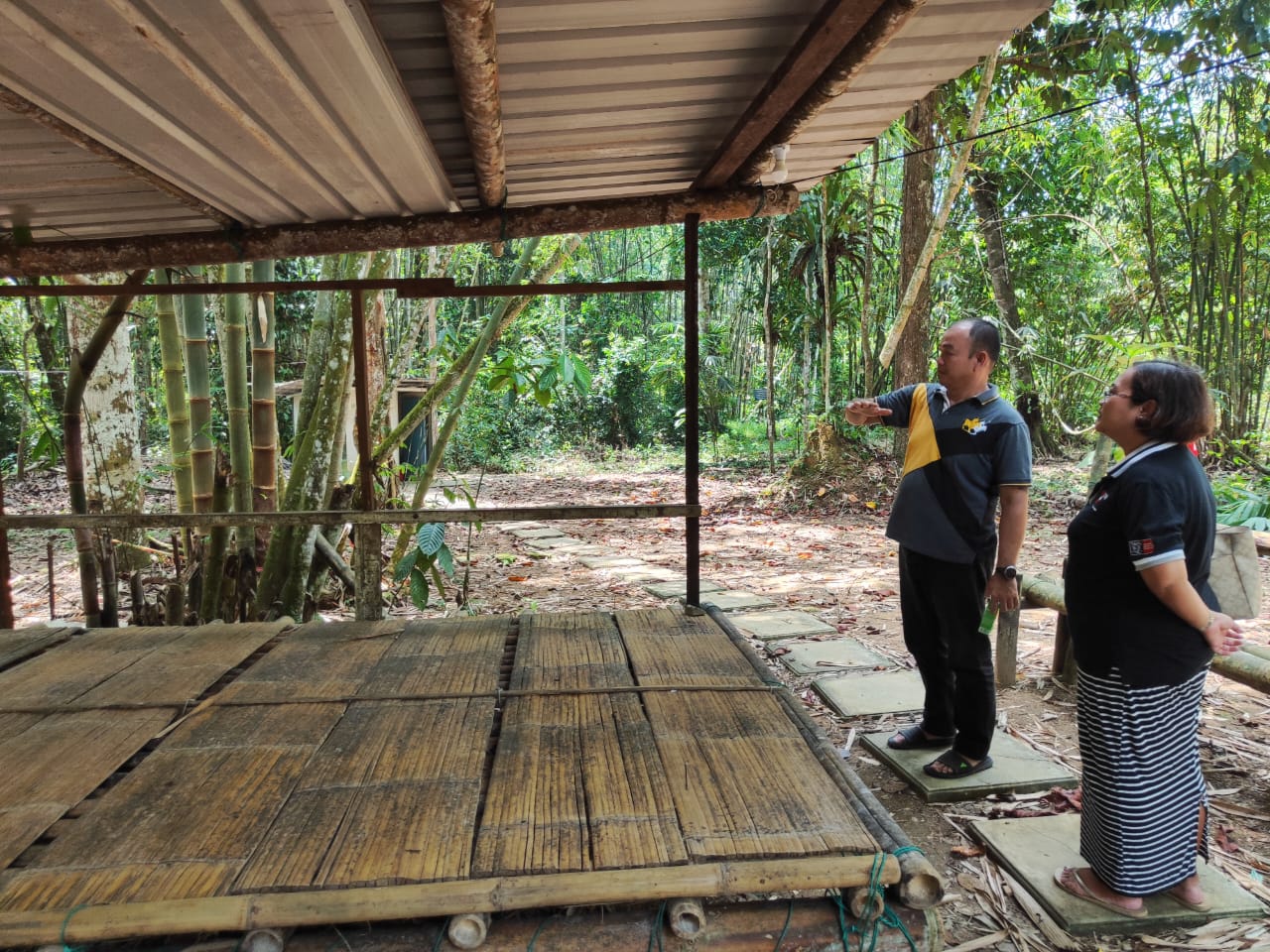By Shella Georgina Beatrice
The term ‘rural’ is often linked to those who are staying outside the city, participate in farming and agriculture, and often lag in terms of development.

A recreational park developed in the rural area ensures the active involvement of the community in rural development
These communities are often identified as requiring substantial support from various agencies, industries and government bodies. In the earlier years, the National Development Policy, initiated by Tun Dr Mahathir Mohamad, aimed at achieving economic growth while ensuring equitable benefits distribution to all segments of society.
Yet, in this narrative of environmental upheaval, a hopeful chapter is being written. The bio-integration doctrine of urban growth emerged as a proposition of a balanced coexistence with nature been developed since the 1950s, including the first Malaysia Plan in 1966, highlighting the commitment to rural development.
Currently, we are in the twelfth Malaysia Plan (2021-2025), which is aligned with the vision of a ‘Prosperous, Inclusive, Sustainable Malaysia’.
Sarawak’s rural landscape
Sarawak, Malaysia’s largest state, boast a rich biodiversity, a diverse culture, and breathtaking landscapes. As Sarawak progresses, the focus on rural development becomes paramount. This is not only for the rural populace’s well-being but also for the state’s overall economic growth.
1. Infrastructure development
A primary determinant of successful rural development is the establishment and enhancement of infrastructure. Robust roads, bridges and reliable transportation networks connecting rural areas to urban centres facilitate the seamless movement of goods and people. The completion of the Pan Borneo Highway, for instance, significantly benefited communities by shortening travel distances while aiding business activities.
2. Education and skill development
Empowering rural communities requires a focus on education and skill development. Investments in quality education equip the rural population with the knowledge and skills required to participate in various economic sectors.
Technical and vocational education and training (TVET) programs, tailored to local industries, foster a skilled workforce capable of contributing to the growth of local businesses.
An educated and skilled population is fundamental for innovation, entrepreneurship, and sustainable development. Encouraging continuous efforts to promote TVET and STREAM (Science, Technology, Research, Engineering, Art, and Mathematics) skills is essential with necessary support such as training extended to teachers.
3. Technological integration
Embracing technology is key in propelling rural development. The integration of digital technologies bridges the gap between urban and rural areas, providing access to information, markets, and financial services. The implementation of e-governance initiatives can streamline administrative processes, making public services more accessible to rural residents. Additionally, technology can enhance agricultural practices, promoting precision farming techniques and sustainable resource management, thereby boosting productivity in the agricultural sector.
For example, educating pineapple farmers about advanced technology can help them generate additional income from a single pineapple plant, even utilizing plant waste for cow feed pellets.
4. Community engagement and empowerment
The success of rural development hinges on the active involvement and empowerment of local communities. Community-driven initiatives, participatory decision-making processes, and the recognition of indigenous knowledge contribute to the sustainability of development projects.
By involving the community in planning and implementation, development efforts can be tailored to their unique needs and aspirations. This fosters a sense of ownership and pride among the people. This is of importance as often the community is not involved in preliminary planning.
Sustainable environmental practices
Sarawak’s rich natural resources are a source of economic potential. Thus, its sustainable management is critical for the long-term success of rural development. Implementing eco-friendly practices, promoting biodiversity conservation, and adopting sustainable agricultural methods are essential to preserve the environment while ensuring a stable source of income for rural communities. Balancing economic growth with environmental conservation is key to fostering resilience in the face of climate change and global challenges.
The future success of rural development in Sarawak lies in a comprehensive and integrated approach that addresses infrastructure, education, technology, community engagement, and sustainable environmental practices. The commitment of the government, collaboration with local communities, and the wise use of resources will pave the way for a prosperous and inclusive future for rural areas in Sarawak.
As the state embraces these factors, it can create a model for sustainable development that uplifts the lives of its rural population while preserving the unique cultural and environmental heritage that defines Sarawak.
The opinions expressed in this article are the author’s own and do not reflect the view of Swinburne University of Technology Sarawak Campus. Shella Georgina Beatrice is Head of Department – Business, Design and Communication, School of Foundation Studies. She is contactable at sbeatrice@swinburne.edu.my.

